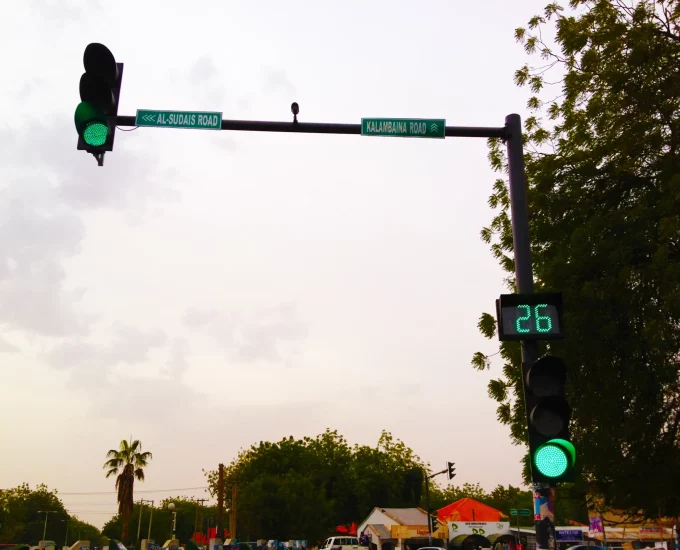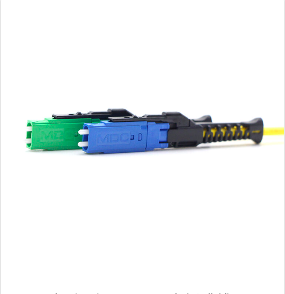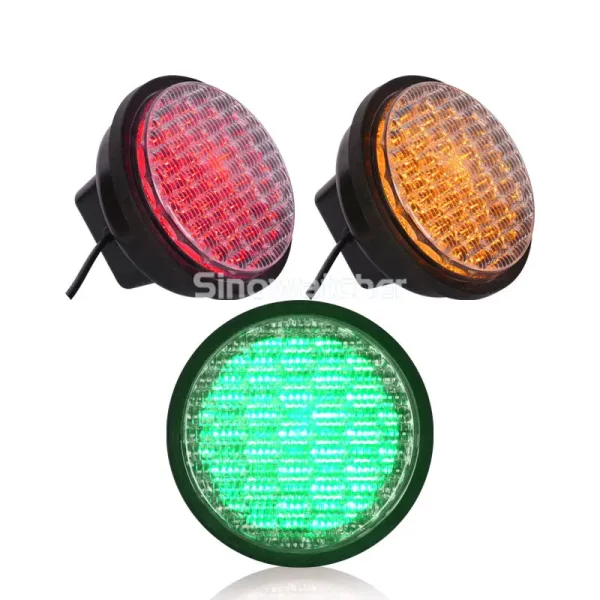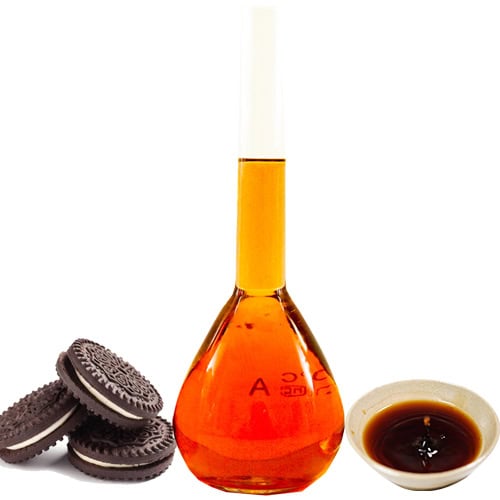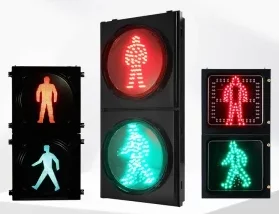目录
In traffic management, stop lights are crucial for controlling traffic flow and ensuring road safety. However, depending on the environment and traffic conditions, you may encounter two common types of traffic signals: the standard stop light and the mini stop light. While both serve similar functions, there are key differences between them, particularly in terms of size, usage, and placement. This article will explore these differences and help you understand when to use each type of stop light.
What is a Stop Light?
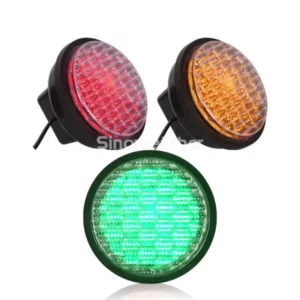
A stop light is a fundamental traffic control device, primarily used to regulate the movement of vehicles and pedestrians at intersections and busy roadways. It usually consists of three colored signals—red, yellow, and green—each indicating stop, caution, and go.
Key Characteristics of a Standard Stop Light:
- Size: These traffic signals are usually larger and mounted on tall poles or overhead brackets for maximum visibility.
- Visibility: Designed to be highly visible, stop lights are strategically placed to ensure that drivers have enough time to respond to the changing signals, even from a distance.
- Durability: Made from robust materials that withstand various weather conditions.
- Common Use: Typically found at busy intersections, highways, and urban streets.
What is a Mini Stop Light?
A mini stop light is a smaller version of the standard traffic signal. It serves the same function but is designed for situations where space is limited or traffic flow is lighter. Mini stop lights are often used in environments where a full-sized signal might be unnecessary.
Features of a Mini Stop Light:
- Size: Smaller and more compact compared to standard stop lights, making them ideal for tight spaces.
- Moderate Visibility: Although smaller, they still maintain visibility but are best suited for shorter distances.
- Portability: Often used in temporary or construction zones where space is limited.
- Common Use: Found in residential areas, school zones, parking lots, or construction sites.
Key Differences Between Stop Light and Mini Stop Light
| Feature | Stop Light | Mini Stop Light |
| Size | Larger and more prominent | Smaller and more compact |
| Visibility | High visibility from a distance | Moderate visibility for shorter distances |
| Common Use | Busy intersections, highways, urban areas | Residential areas, school zones, construction sites |
| Installation Space | Requires more space and infrastructure | Can be installed in smaller spaces or temporary setups |
| Cost | More expensive due to larger size and functionality | More affordable due to smaller size and specific function |
When to Use a Standard Stop Light vs. Mini Stop Light
Standard Stop Light
- Ideal for busy intersections: Standard stop lights are designed to manage high volumes of traffic. They are perfect for major intersections, highways, and busy urban streets where controlling multiple lanes and ensuring orderly traffic flow is critical.
- Durable and weather-resistant: Built to withstand harsh conditions such as heavy rain, snow, strong winds, and extreme temperatures, these lights provide reliable long-term operation with minimal maintenance.
- High visibility from multiple angles: Their larger size and bright LED signals ensure that drivers and pedestrians can clearly see the lights from a distance or around obstacles, reducing accidents and improving traffic safety.
Mini Stop Light
- Suitable for low-traffic or confined areas: Mini stop lights are ideal for residential streets, school zones, small intersections, parking lots, and other areas where traffic flow is lighter and space is limited.
- Flexible for temporary or mobile setups: Due to their compact size, mini stop lights can be easily installed or relocated, making them perfect for construction zones, event management, or short-term traffic control projects.
- Cost-effective solution: With lower installation and maintenance costs, mini stop lights provide a budget-friendly option without compromising essential safety functions.
Conclusion
The choice between a stop light and a mini stop light depends largely on your specific needs. If you are managing a high-traffic intersection or highway, the standard stop light is a better option due to its size, durability, and high visibility. On the other hand, for quieter areas, temporary setups, or limited spaces, a mini stop light offers a more compact, cost-effective solution.
Both types of stop lights play a critical role in traffic management and safety. By understanding the differences between them, you can make an informed decision on which type of traffic signal is best suited for your situation.
0
